 Lijiang, Yunnan
Lijiang, YunnanLijiang, Yunnan |
|
|---|---|
| Lijiang, Yunnan Province, China | |
| Hidden on the highlands in northwestern Yunnan, beneath snowy peaks and amidst drifting clouds and mist, lies a city full of ancient charm and eternal elegance — Lijiang. | |
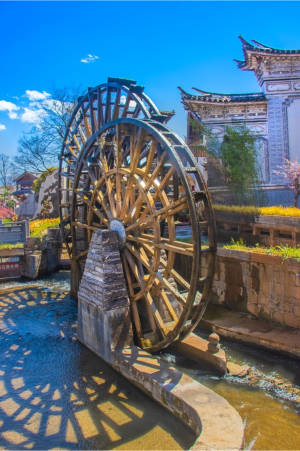
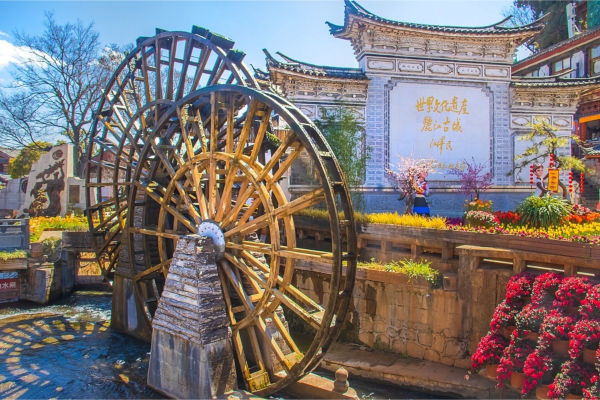
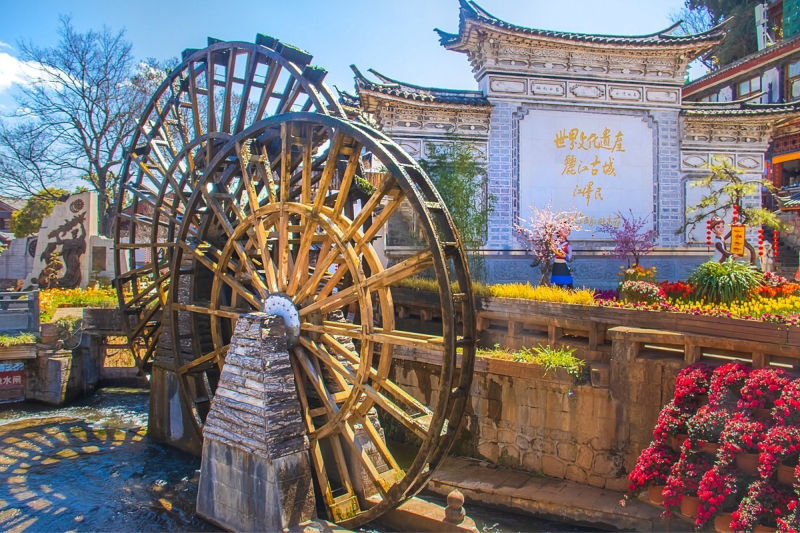
Lijiang, Yunnan Province, China |
|
| This is not just a place you visit; it is a place that speaks to your soul, inviting you to slow down, listen to the whispers of the river, the songs of the mountains, and the stories engraved in the stones. | |
Lijiang Ancient Town |
|
|
Lijiang is located in the heart of the Hengduan Mountains in northwestern Yunnan. Lijiang is located at the junction of Yunnan, Sichuan, and Tibet. The convergence of three cultures has enriched Lijiang's cultural atmosphere. Lijiang is the main settlement area of the Naxi people. Lijiang Railway Station Lijiang Sanyi Airport |
|
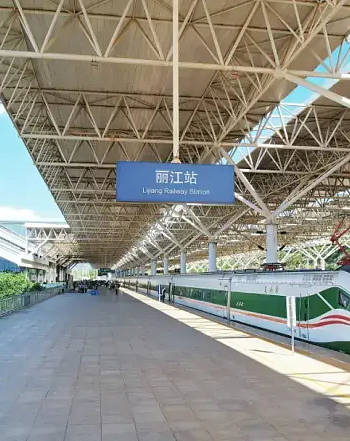
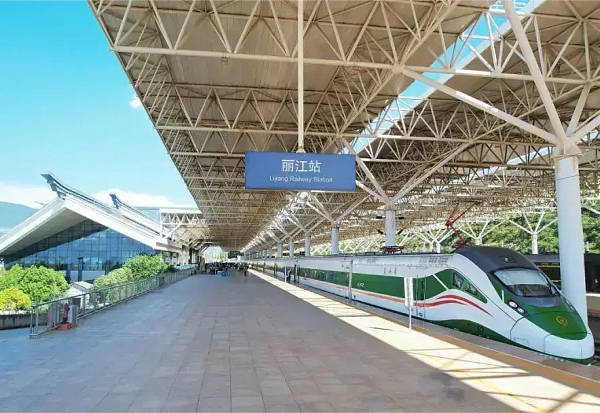
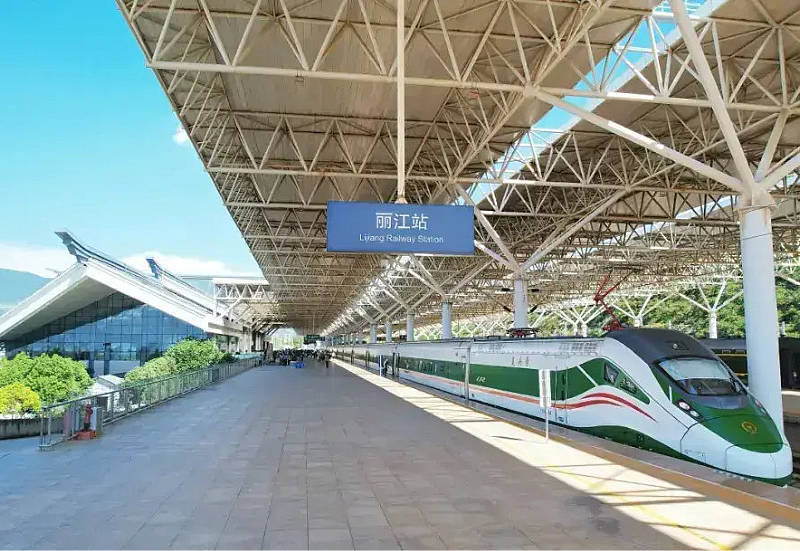
Lijiang Railway Station |
|
| Lijiang, Yunnan Province, China | |
|
Lijiang City is located on the southeastern edge of the Qinghai-Tibet Plateau, in the northwestern part of Yunnan, along the middle reaches of the Jinsha River. It spans between 25°23'–27°56' north latitude and 99°23'–101°31' east longitude, bordering Liangshan Yi Autonomous Prefecture and Panzhihua City in Sichuan to the east, Jianchuan, Heqing, and Binchuan counties of Dali Bai Autonomous Prefecture and Dayao and Yongren counties of Chuxiong Yi Autonomous Prefecture to the south, and neighboring Lanping County of Nujiang Lisu Autonomous Prefecture and Weixi County of Diqing Tibetan Autonomous Prefecture to the west and north, respectively. The city covers a total area of 20,600 square kilometers and administers the ancient city district, Yulong Naxi Autonomous County, Yongsheng County, Huaping County, and Ninglang Yi Autonomous County. |
|
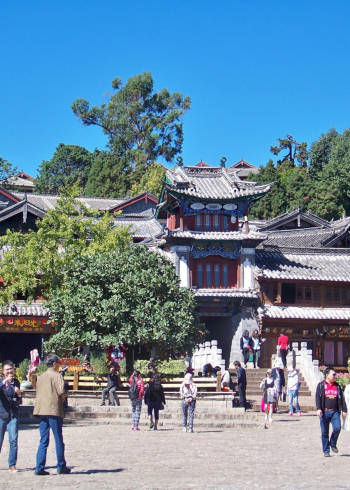
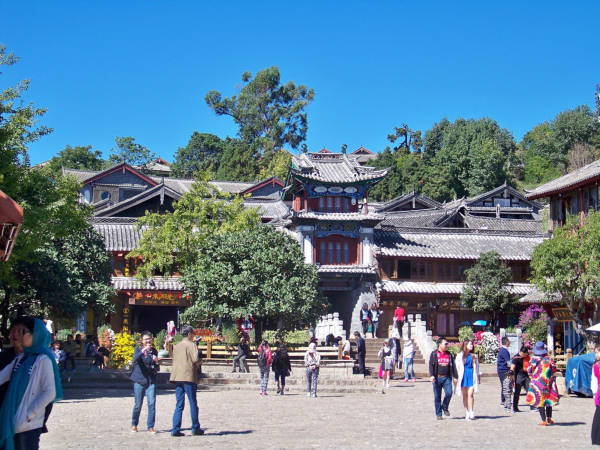
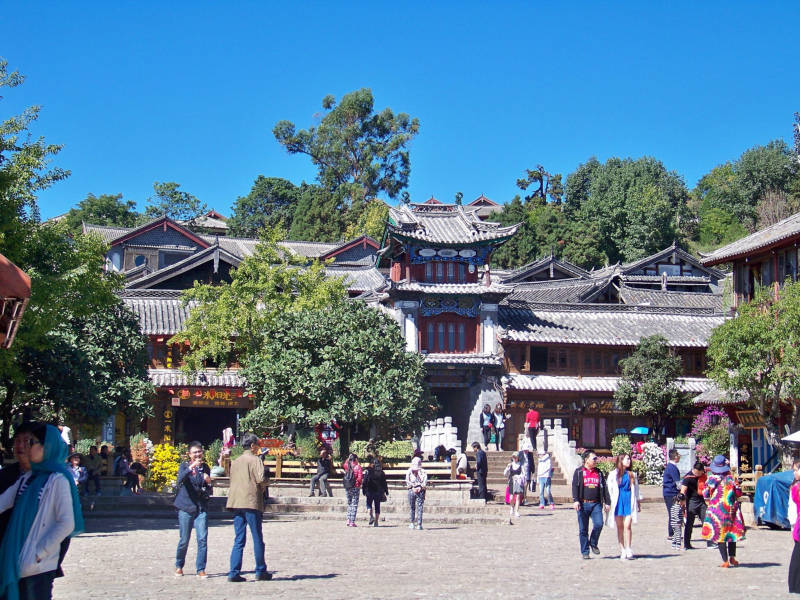
Lijiang Ancient Town |
|
|
Lijiang is located in a high-altitude, low-latitude area, featuring a mild subtropical plateau climate that is pleasant throughout the year. The characteristics of the natural environment are the deep blue sky, fresh air, and snowy mountains. |
|
|
Summer is warm and rainy. The coldest month is January, with an average 24-hour temperature of 6.4°C (43.5°F). Spring comes early, and the weather is warm and dry. June is the warmest month of the year, with an average 24-hour temperature of 18.6°C (65.5°F). In late September, the rain stopped, ushering in a mild and sunny autumn. |
|
|
The history of Lijiang can be traced back to the Warring States period (476 BC–221 BC). During the Tang Dynasty (618-907), it became an important center of trade and culture because it served as a key post on the ancient Tea Horse Road. |
|
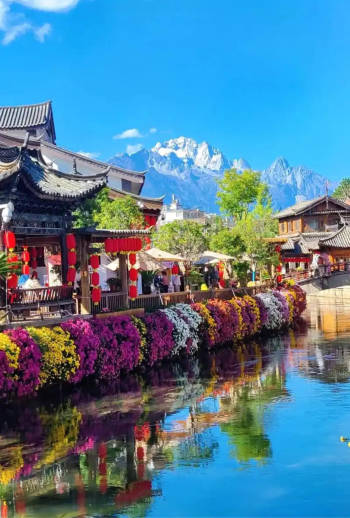
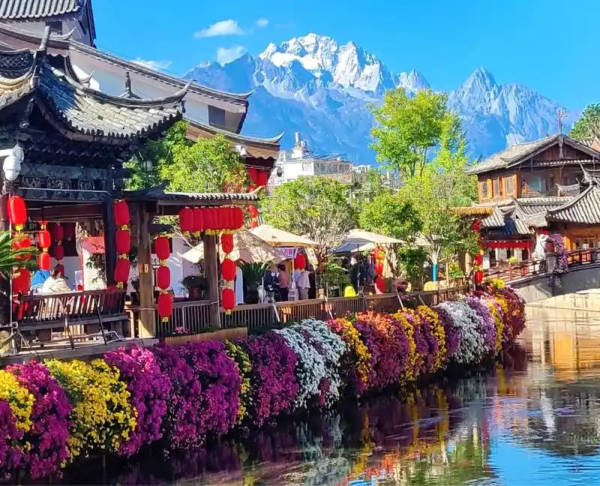
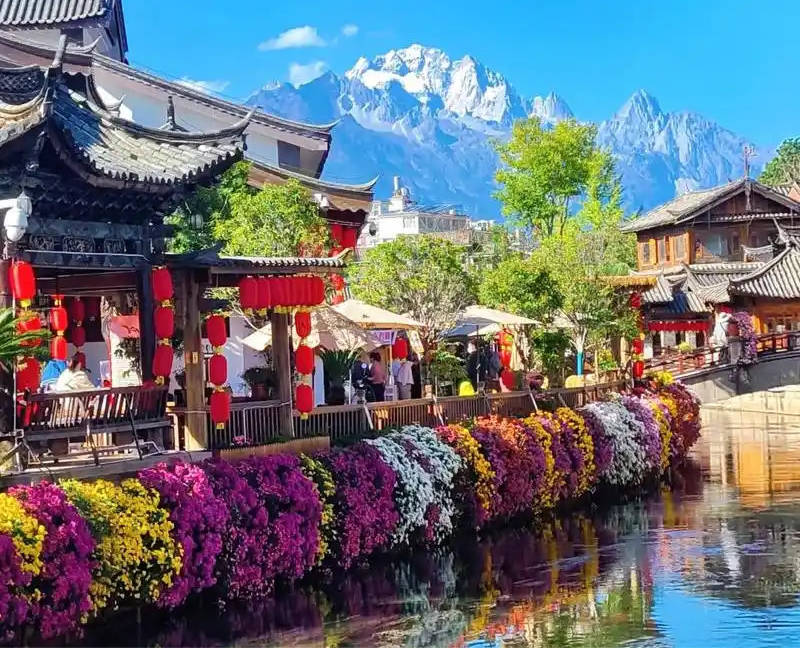
Lijiang Ancient Town |
|
|
Lijiang's prehistory dates back 100,000 ago when the Lijiang people were present in the region during the late Paleolithic period. Cave paintings and ancient tools from that period have been discovered by paleontologists, as well as iron and bronze tools of later periods, which establish Lijiang as one of the most important areas of ancient history in southwest China. |
|
|
The Baisha Old Town was the political, commercial and cultural center for the local Naxi people and other ethnic groups for 400 years from the year 658 AD to 1107 AD. It was the center of silk embroidery in southwest China and an important stopping place on the Ancient Southern Silk Road, or Ancient Tea Horse Road. |
|
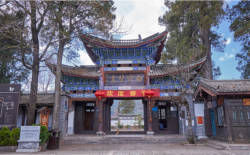
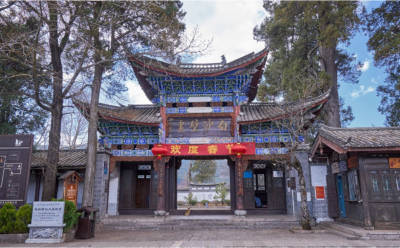
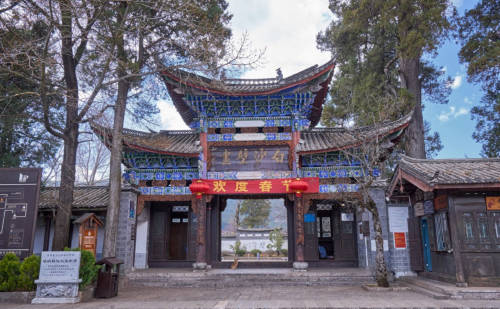
Baisha mural 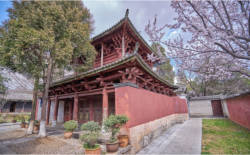
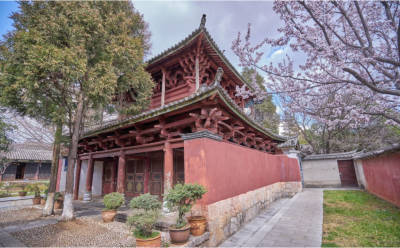
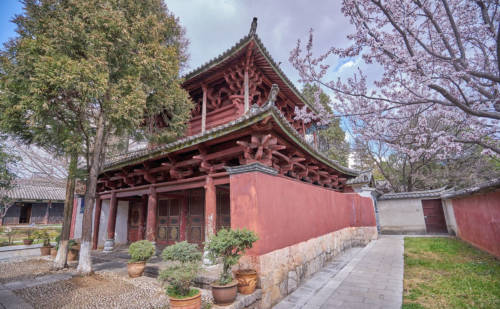
Baisha mural 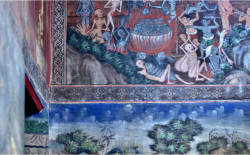
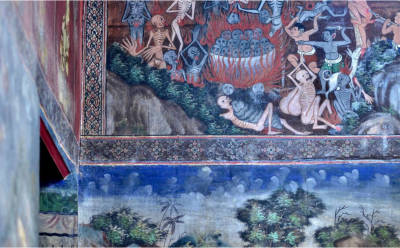
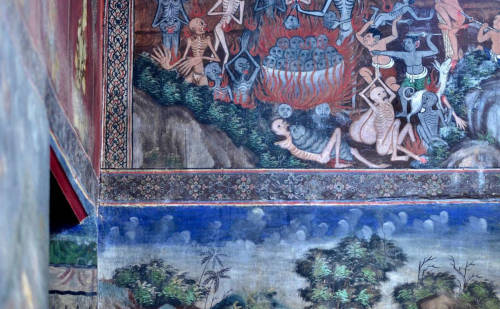
Baisha mural 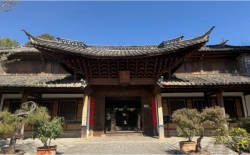
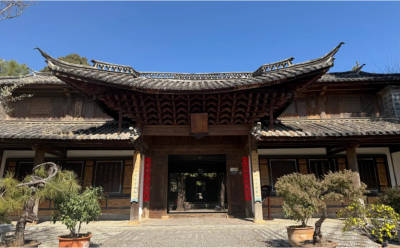
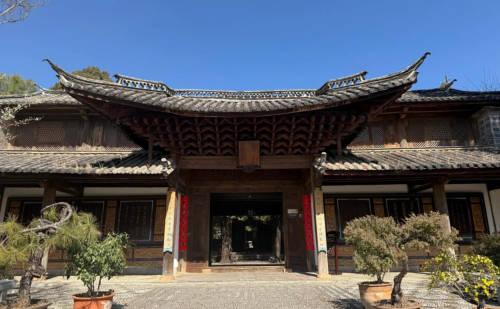
Baisha mural |
|
|
Lijiang Laojun Mountain Scenic Area is an important part of the Three Parallel Rivers region. Special scenic attractions near Lijiang include the First Bend of the Yangtze River and Tiger Leaping Gorge. |
|
|
Lijiang Ancient Town, The Old Town of Lijiang, is a UNESCO World Heritage Site. It preserves the architecture and traditions that trace back to the city’s beginning a thousand years ago as an important trading post on ancient trade routes. Its historic main street today is lined with shops and restaurants. Its three ancient districts have bridges and waterways with a history of 800 years, preserving the traditional lifestyle of the Naxi people. This is the perfect place to experience Naxi cuisine. |
|
|
The nightlife in the old town is rich and exciting, with many theaters offering music and dance performances, as well as lively restaurants and bars. Here, you can truly experience the street life and culture of the city's people. |
|
|
|
|
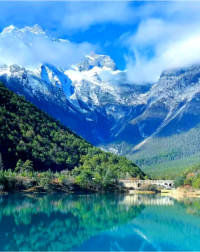
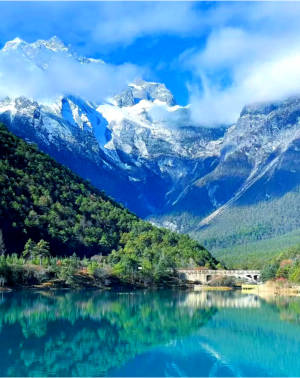

Jade Dragon Snow Mountain 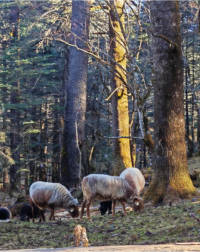
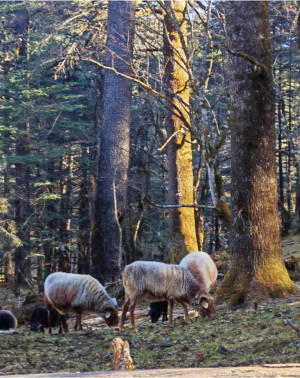

Jade Dragon Snow Mountain 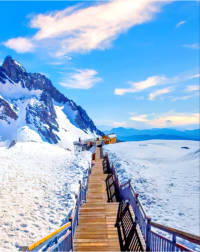
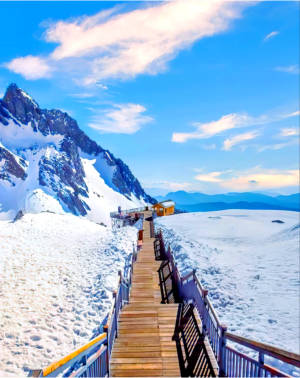

Jade Dragon Snow Mountain 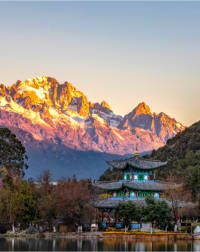
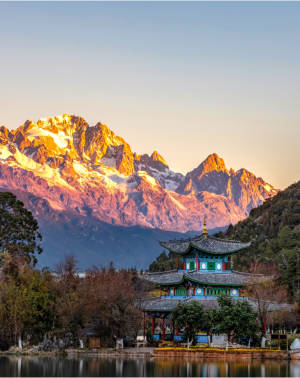

Jade Dragon Snow Mountain 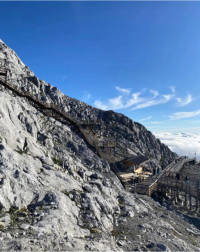
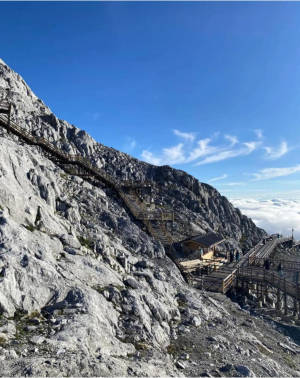

Jade Dragon Snow Mountain 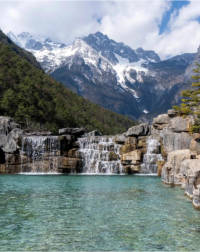
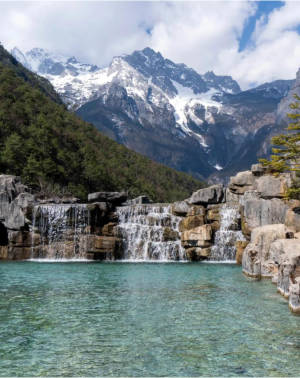

Jade Dragon Snow Mountain 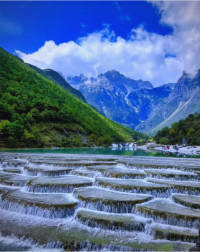
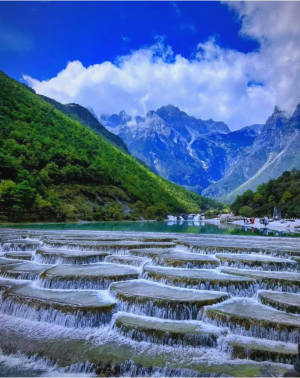

Jade Dragon Snow Mountain 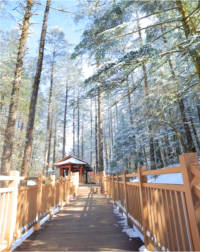
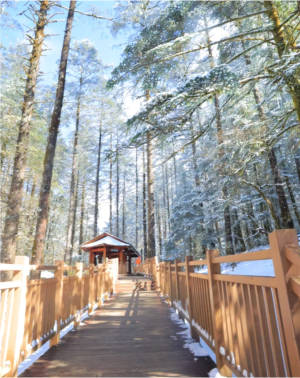

Jade Dragon Snow Mountain |
|
| The Land Between Heaven and Earth — The Geography and Nature of Lijiang | |
|
Lijiang sits where the Tibetan Plateau meets the Yunnan-Guizhou highlands, creating a spectacular blend of topography and climate. With altitudes ranging over 4,500 meters, the region boasts dramatic vertical ecosystems—“four seasons on one mountain, ten climates in ten miles.” Over 91 rivers flow through the city, including the mighty Jinsha River, which carves through Lijiang for over 615 kilometers. With 71% forest coverage, 2300 hours of sunshine annually, and 100% clean air days, it’s an ideal eco-tourism destination. Lakes like Lashi Lake, Chenghai Lake, and the legendary Lugu Lake add to its scenic beauty. Lijiang is one of the world’s 36 biodiversity hotspots, home to rich natural treasures—from spirulina-rich waters to highland fruits, medicinal herbs, and native flora. |
|
| Where Past Meets Present — A Tapestry of History and Culture | |
|
Lijiang has stood the test of time for millennia. Once a key stop along the Ancient Tea Horse Road and Southern Silk Road, this was a land of merchants, mountain trails, and migrating caravans. Today, that legacy is alive in every stone-paved street and every timber-framed house. The Lijiang Ancient Town, a UNESCO World Heritage Site, is a living museum of Naxi architecture, winding canals, and cultural fusion. At its heart lies the Mufu Mansion, once home to the ruling Mu family, showcasing the glory of Naxi governance and design. Nearby towns like Shuhe and Baisha offer a quieter, more intimate glimpse into traditional village life and the rhythms of the past. |
|
| Three World Heritages, One City — A Cultural Crown Jewel | |
|
Lijiang is the only city in China crowned with three UNESCO designations: Lijiang Ancient Town (World Cultural Heritage) Three Parallel Rivers of Yunnan (World Natural Heritage) Dongba Culture (Memory of the World Register) Here, Dongba script, the world’s last living pictographic language, is still used in rituals and texts. Naxi Ancient Music, with roots in Tang and Song dynasties, continues to resonate through the mountain air. Murals at Baisha, cliff paintings along the Jinsha River, and Bimo rituals of the Yi people—all speak of a region where heritage breathes. |
|
| Mountains, Lakes, and Legends — Landscapes That Take Your Breath Away | |
|
From snow peaks to serene waters, Lijiang’s scenery inspires awe: Jade Dragon Snow Mountain: Home to 19 glaciers, this is the southernmost snow mountain in China, sacred to the Naxi people and stunning year-round. Blue Moon Valley: Crystal-clear pools reflect the sky, forming a dreamlike setting for photographers and poets alike. Lugu Lake: “The Pearl of the Plateau,” its tranquil waters and Mosuo matriarchal culture create a world apart. Black Dragon Pool: Perfect for catching the mirror image of Jade Dragon Snow Mountain. Shangri-La, Laojun Mountain, Lashi Lake, and Impression Lijiang Show: A symphony of nature and performance awaits. |
|
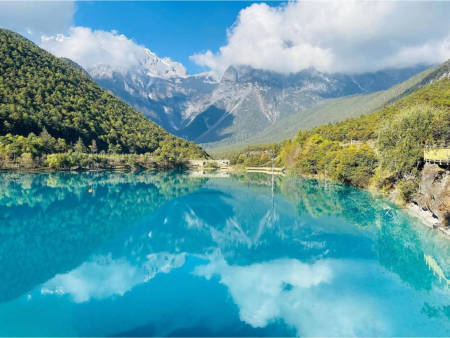
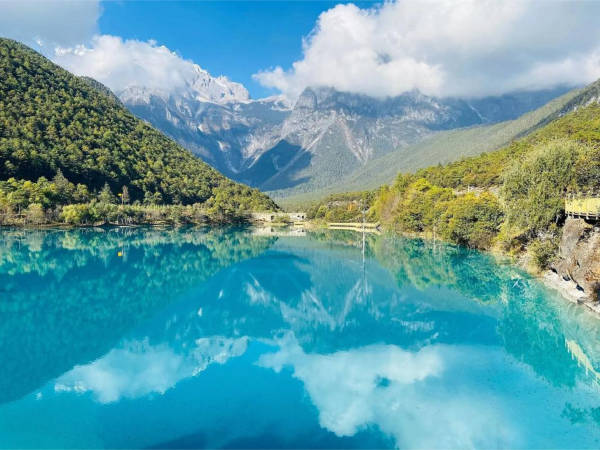
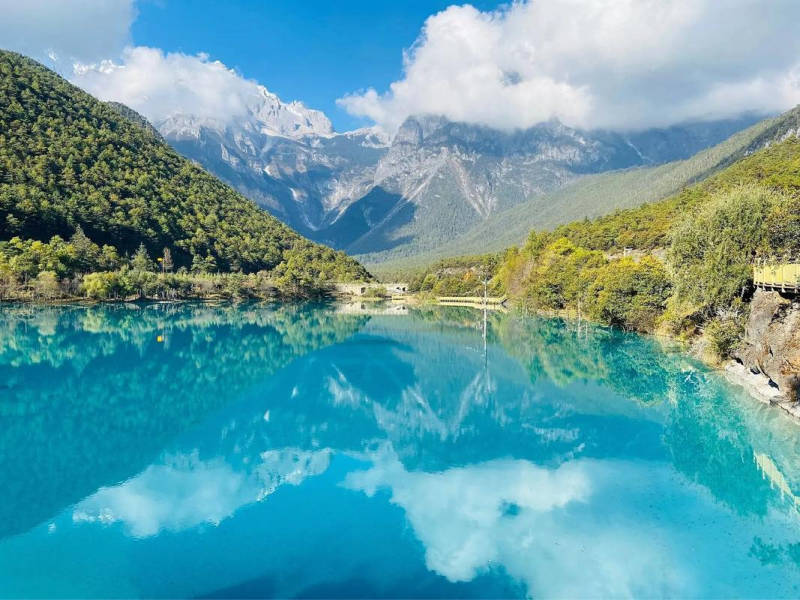
Blue Moon Valley 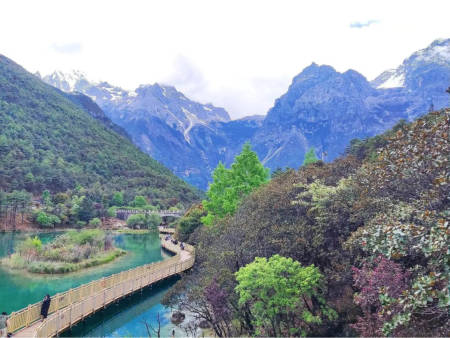
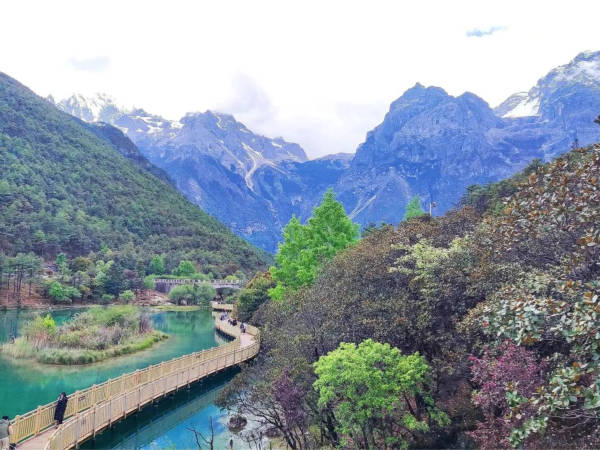
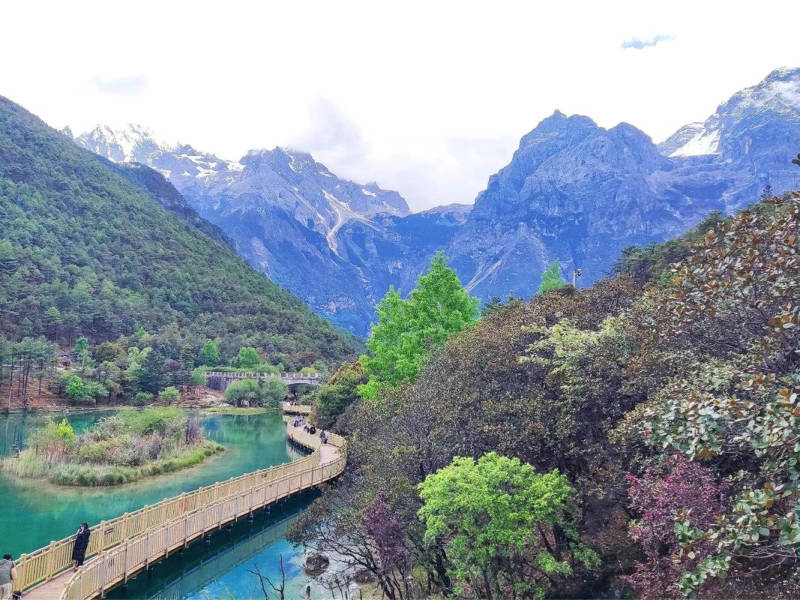
Blue Moon Valley 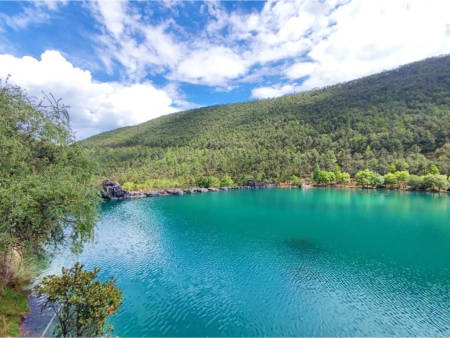
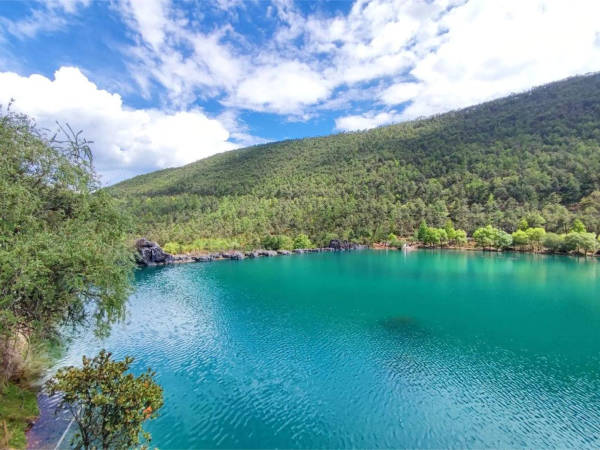
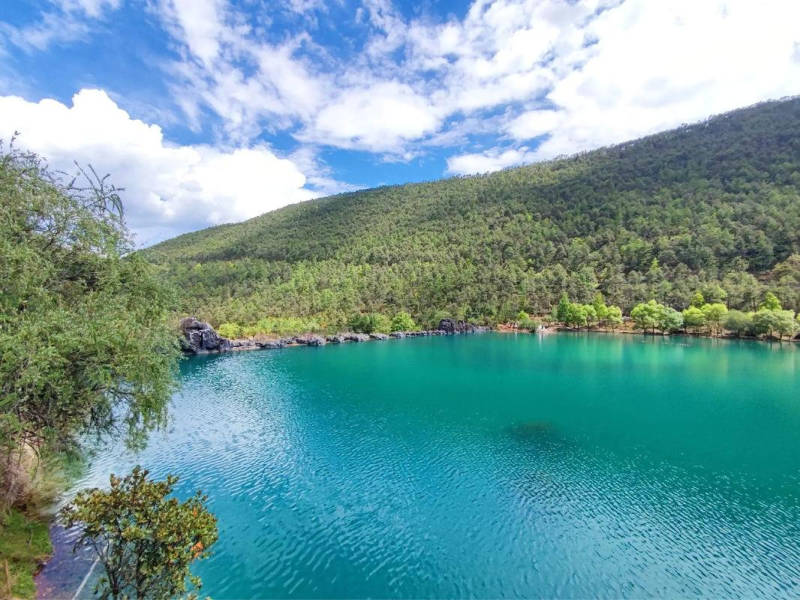
Blue Moon Valley 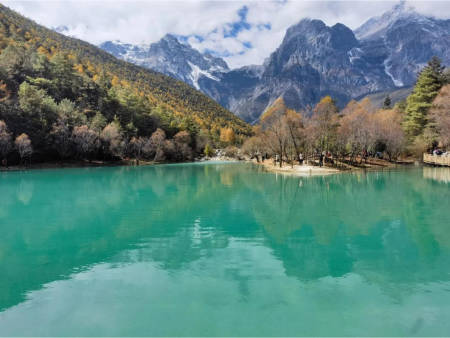
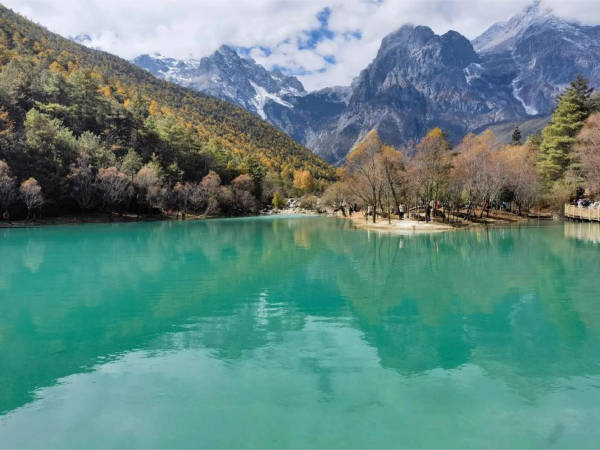
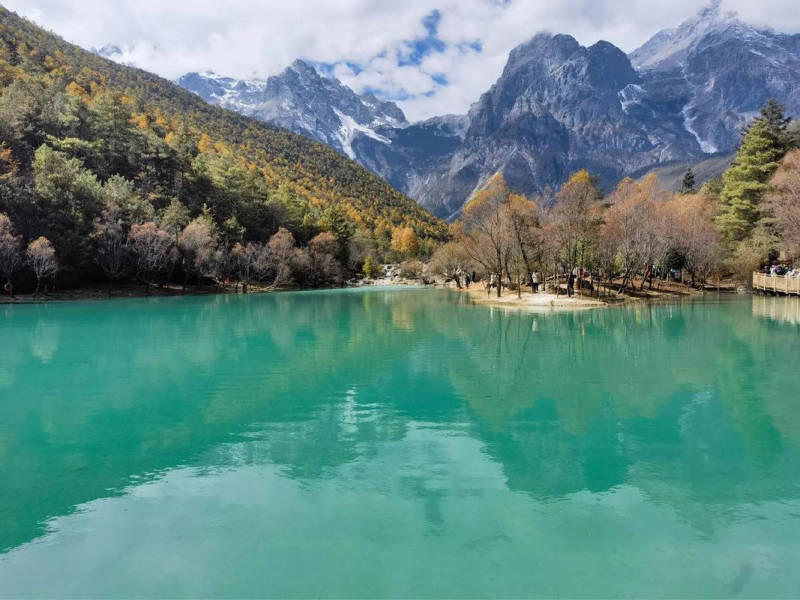
Blue Moon Valley 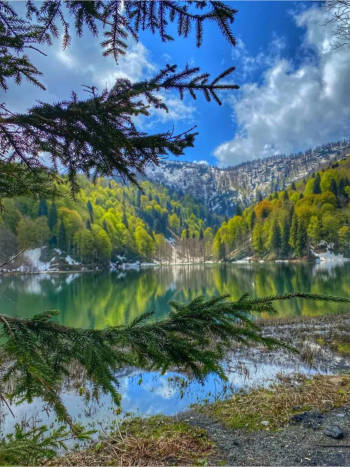
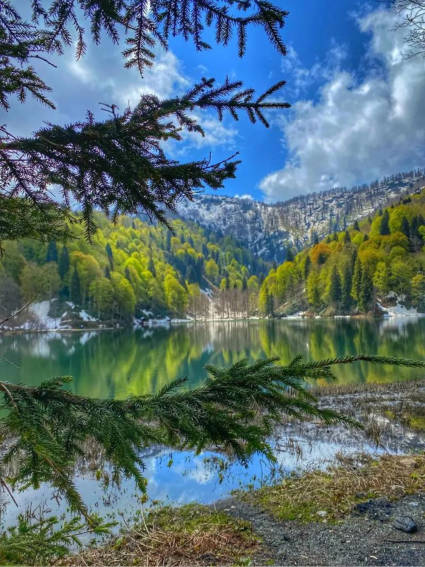
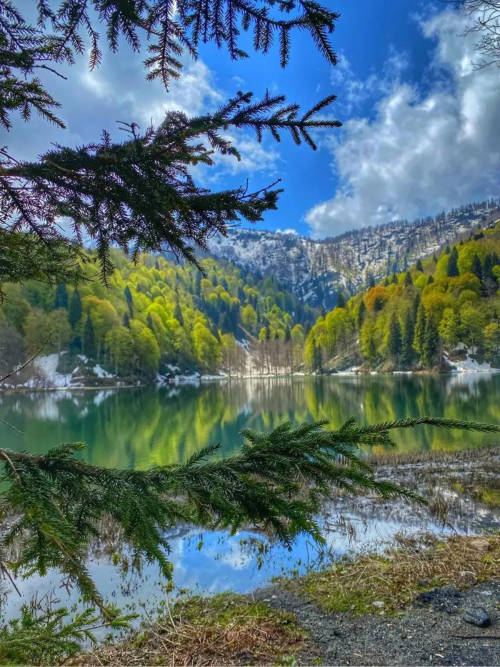
Blue Moon Valley 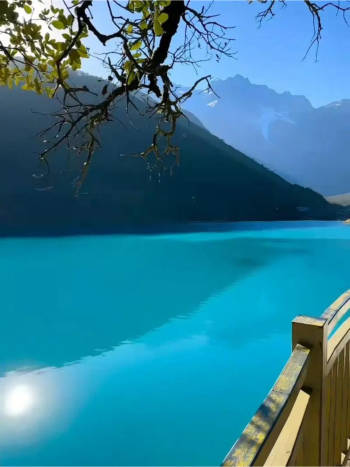
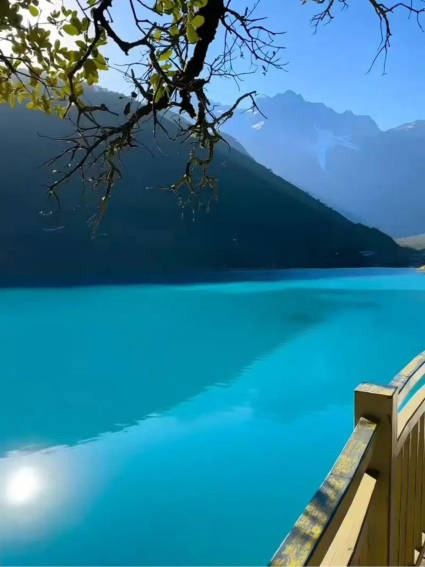
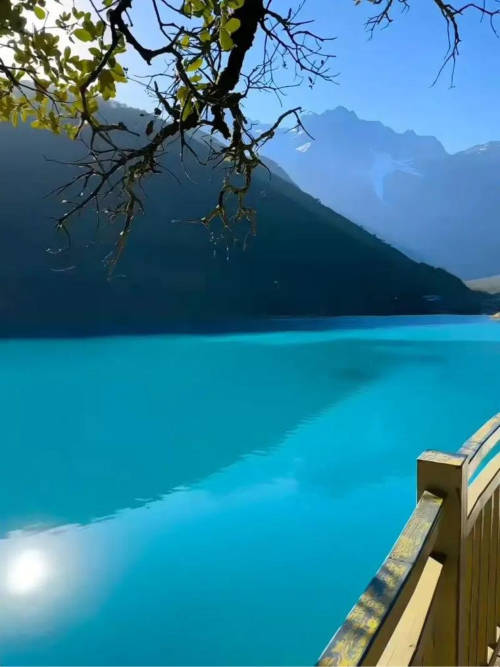
Blue Moon Valley |
|
| Black Dragon Pool - a tourist attraction in the ancient city of Lijiang City, Yunnan Province | |
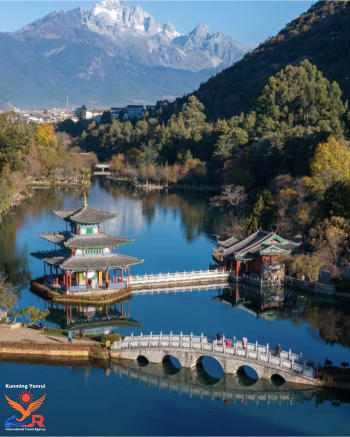
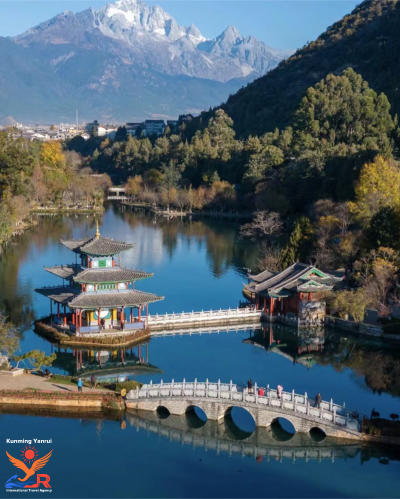
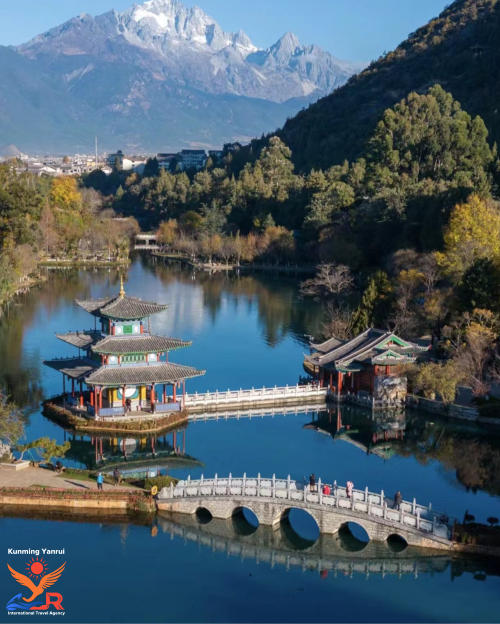
Black Dragon Pool Lijiang 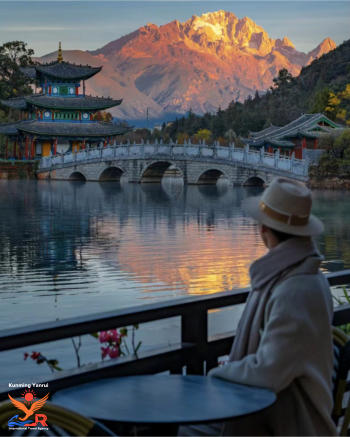
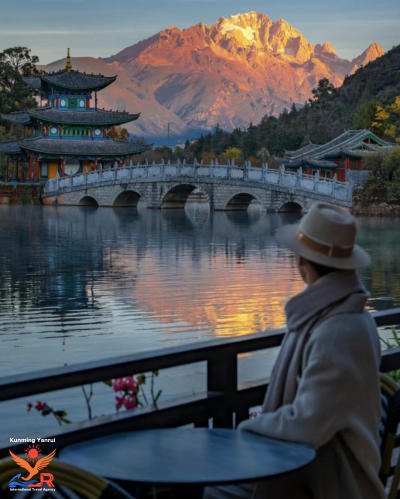
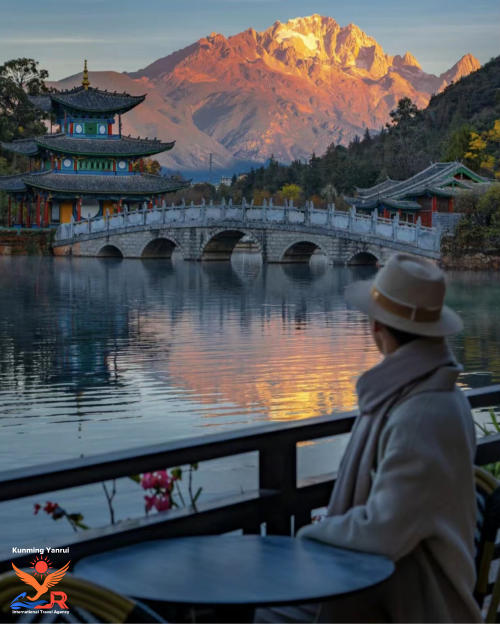
Black Dragon Pool Lijiang |
|
|
Black Dragon Pond Park is located at the foot of Xiangshan Mountain in the ancient city. Following the river upstream from the large water wheel, you'll find a crystal-clear spring pond—the Black Dragon Pond. Here, you can photograph the beautiful Yulong Snow Mountain, admire many ancient buildings within the park, and even climb Xiangshan Mountain to overlook the ancient city. It is a key scenic spot within the ancient city. This was originally a Dragon King Temple in Lijiang, with numerous springs nearby that formed a pool. Because the spring water resembled jade and could reflect the snow-capped Yulong Snow Mountain, it was also called the "Jade Spring Park." As the water source of Lijiang Ancient Town, you can see gushing spring columns near the pool, where the spring water is exceptionally clear. This is a perfect spot for filming the Jade Dragon Snow Mountain. The image formed by the Wukong Bridge, the Deyue Tower, the snow-capped mountains, and their reflections in the lake has long become a classic postcard view of Lijiang, as well as one of the most popular photography spots for tourists. The best time to capture the Jade Dragon Snow Mountain is during the early morning or late evening when the lighting is optimal. On sunny days, the reflection of the blue sky, white clouds, and snow-capped mountains in the lake creates a breathtakingly beautiful scene, like a painting. Consequently, the chances of seeing the snow mountain reflections are relatively rare during the rainy season in June and July. The architecture within the park is another major attraction. Due to various historical reasons, many important cultural heritage buildings from the Lijiang area have been relocated here. For instance, the four stone lions in front of the Zhongyi Archway of the former Wufu Mansion during the Ming Dynasty and the Wenming Archway of the former Confucian Temple now form the park's entrance. Additionally, the Gubilou, the library of the Mu family chieftain of the former Wufu, along with the Wen Pavilion beside the former Wufu, the Jiefu Lin Gate Tower originally located in Baishazi Mountain—the birthplace of the chieftain lineage, as well as the Wufeng Lou and the statue of the Three Sacred Trees, were also relocated here at different times, many of which are protected cultural relics. The ancient architecture harmonizes with the pond, snow-capped mountains, and the surrounding scenery, making it a delightful place for strolling, relaxing, or morning exercises. Additionally, if time permits, you can climb Elephant Mountain to enjoy a panoramic view of the ancient town of Dayan. Reaching the summit takes about half an hour, but climbing is not allowed in the evening, so it's advisable to visit as early as possible. |
|
Jade Dragon Snow Mountain |
|
| Lugu Lake, Yunnan Province, China | |
|
Travel to the border of Sichuan and Yunnan provinces, around 200 kilometres (124 miles) from Lijiang City, and you'll discover the alpine Lugu Lake. A natural phenomenon renowned for its stunning scenery and unique Mosuo culture. |
|
Lugu Lake |
|
| Many Faces, One Heart — The Spirit of Lijiang’s People | |
|
Lijiang is home to 26 ethnic groups, including Naxi, Yi, Lisu, Pumi, and Mosuo. Their dances, festivals, embroidery, songs, and stories turn daily life into celebration. Join the Torch Festival, witness a Dongba ceremony, or attend a Mosuo bonfire party—you’ll find that in Lijiang, culture isn’t performed; it’s lived. |
|
| A Journey for the Senses — Lijiang’s Signature Flavors | |
|
Lijiang’s cuisine is as colorful and layered as its culture: Cured Pork Rib Hotpot: A Naxi staple—rich, smoky, and heartwarming. Lijiang Baba: Flaky, golden pastries that melt in your mouth. Jidou Liangfen: Silky chickpea jelly, served cold with spicy sauce. Dongba Grilled Fish, Highland Chicken Soup, Wild Mushroom Stew, Matsutake Delicacies — taste the bounty of mountains and forests. In ancient alleys or hidden courtyards, every meal is a memory, every flavor a chapter of Lijiang’s living story. |
|
| A City for the Future — Green, Smart, and Soulful | |
|
Beyond its ancient soul, Lijiang is embracing modern transformation. As a hub for clean energy, eco-tourism, and green agriculture, it is building a future rooted in sustainability. Initiatives like Green Hydrogen Lijiang, plateau agriculture, and low-carbon tourism are reshaping the city as a model of harmony between progress and preservation. |
|
| Hotels Lijiang | |
| Old Town of Lijiang Mulun Langge Hotel | |
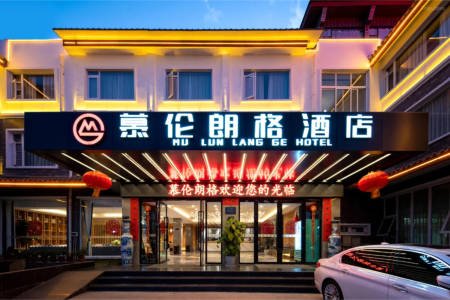
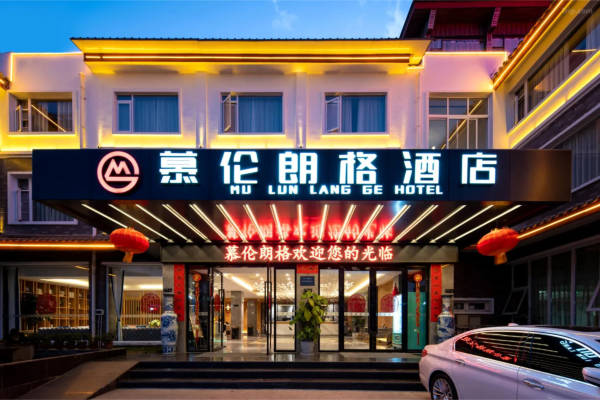
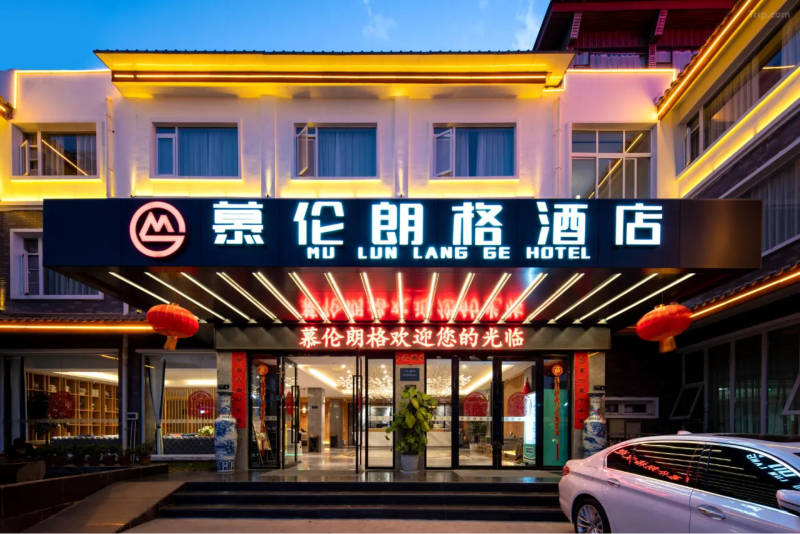
Mulun Langge Hotel 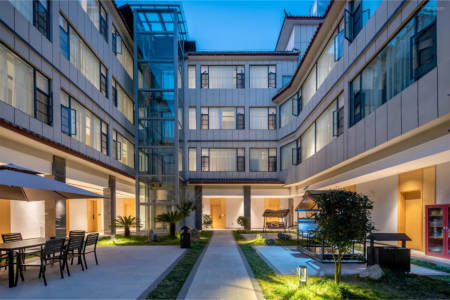
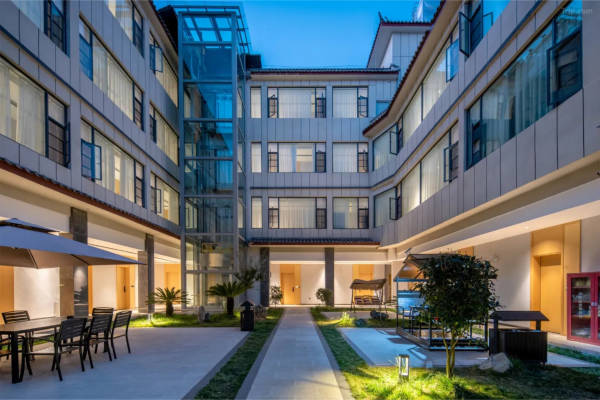
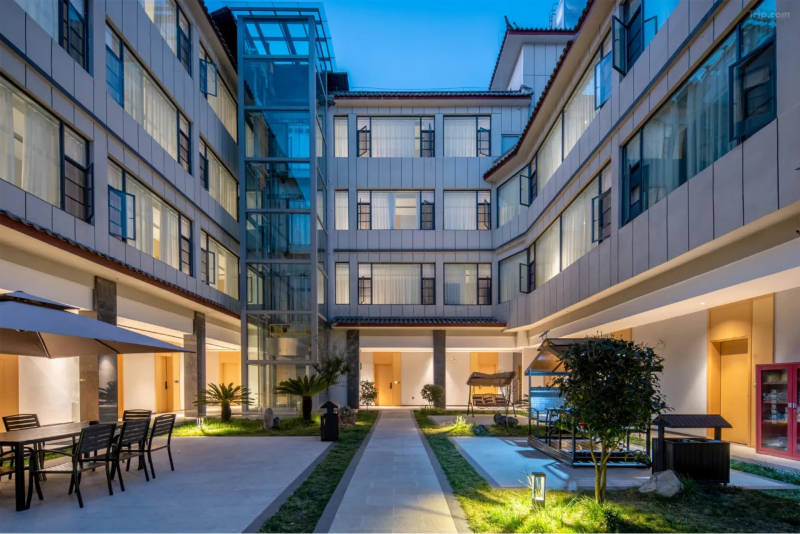
Old Town of Lijiang Mulun Langge Hotel 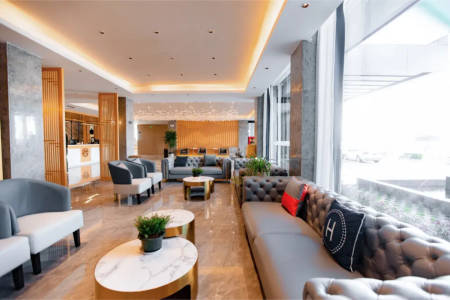
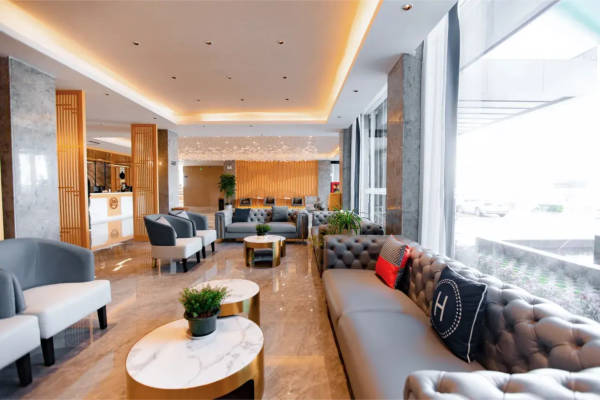
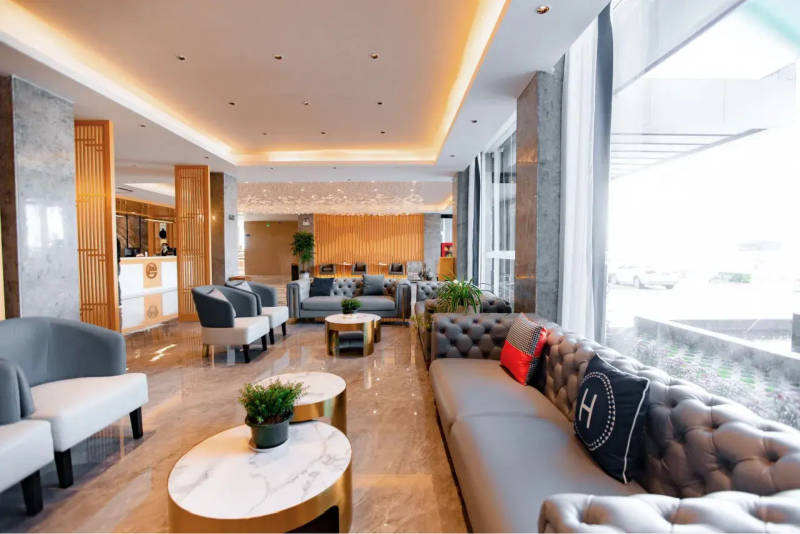
Old Town of Lijiang Mulun Langge Hotel 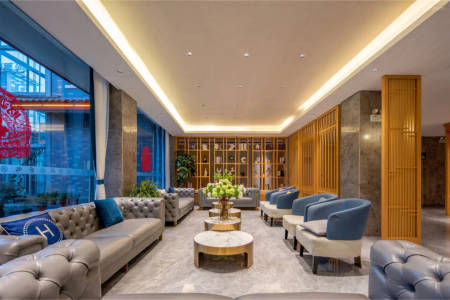
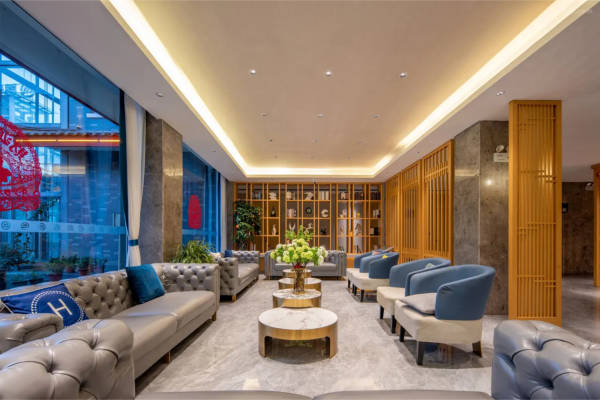
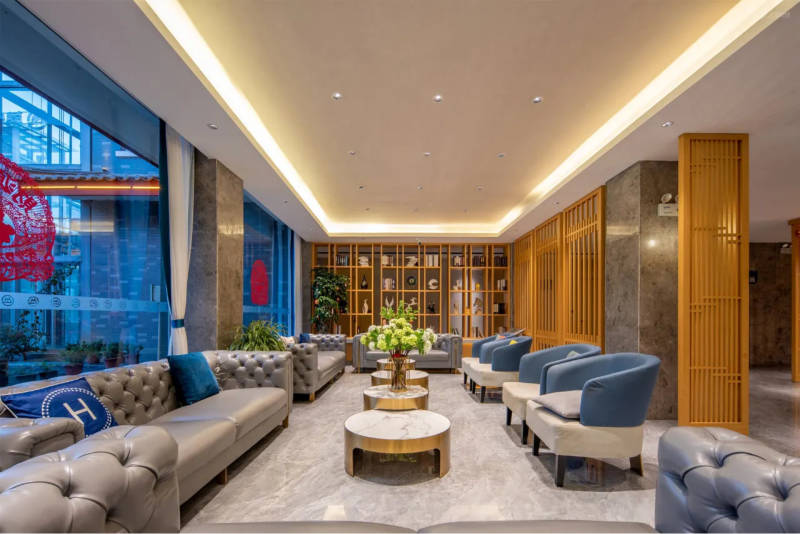
Old Town of Lijiang Mulun Langge Hotel 
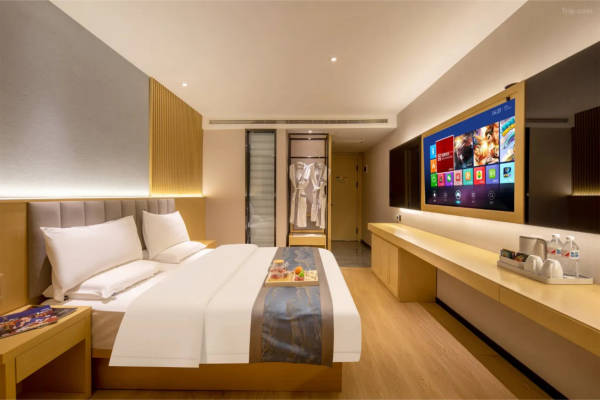
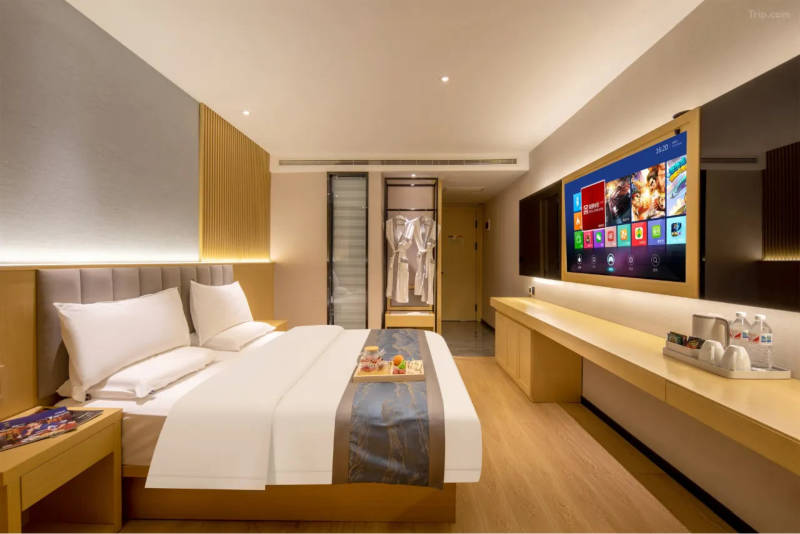
Old Town of Lijiang Mulun Langge Hotel 
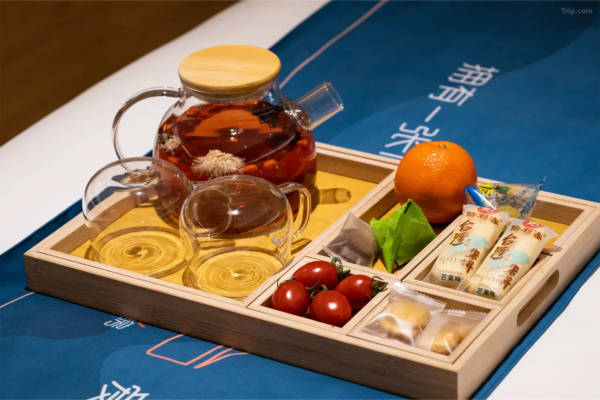
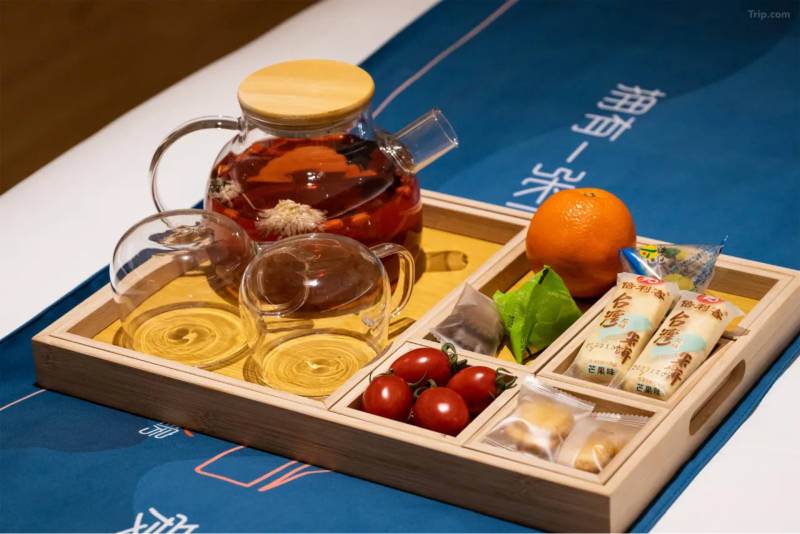
Old Town of Lijiang Mulun Langge Hotel 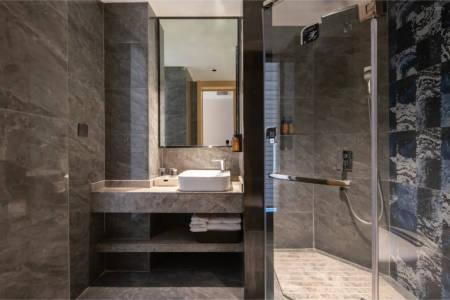
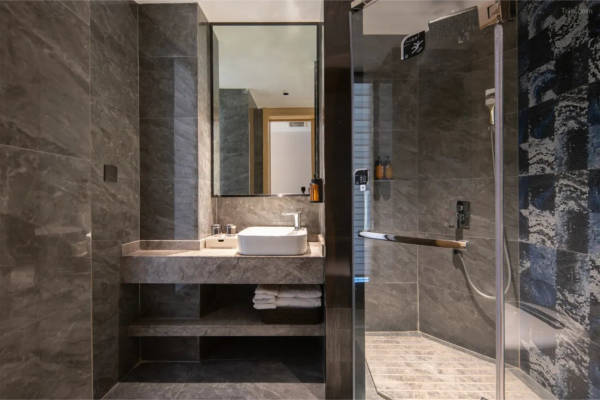
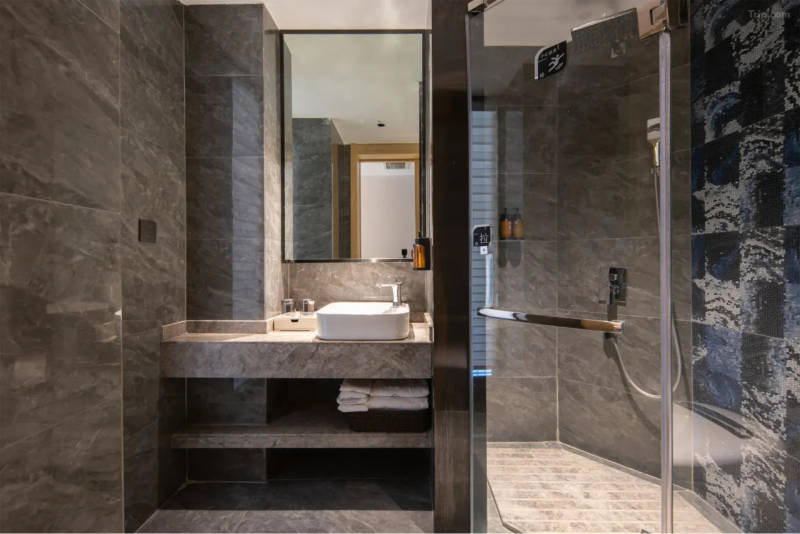
Old Town of Lijiang Mulun Langge Hotel |
|
| Come to Lijiang — where mountains echo and time stands still | |
|
In Lijiang, history walks beside you, nature smiles around you, and culture lives within you. It’s where journeys turn into stories, and strangers turn into friends. Come to Lijiang. Stay for the snow, the songs, the sky. Stay for the feeling you’ve finally come home. |
|
Kunming Green Lake Park
|
|


|
|